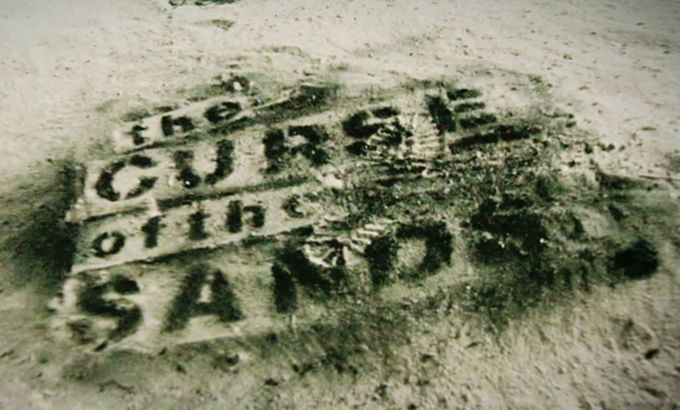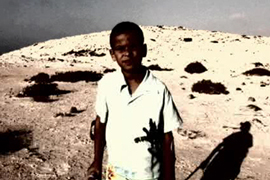
The Curse of the Sands
After 70 years, mines keep maiming and killing in the deserts of northern Egypt.
Filmmakers: Cristina Bocchialini and Ayman El Gazwy
In an area 100 kilometer west of Alexandria in northern Egypt lies the famous region of el-Alamein – scene of a mighty battle between the UK and its allies fighting German and Italian forces for control of North Africa in 1942.
| In Pictures |
|
|
The battle marked a turning point in the war: Montgomery’s Desert Rats and his allies broke through German lines, pushing Rommel’s forces back to Tunisia, taking control of the Suez canal, and gaining access to the Middle Eastern oil fields.
With no natural barriers in the desert, Rommel ordered half a million mines to be laid around the coastal town, while the British reportedly put down even more.
Santo Pelliccia, an Italian WWII veteran says:”There was an engineers battalion under Major Dominioni. They knew where the mines were, and they came with us on patrol to cross the frontline. We walked in single file and stepped slowly, checking the ground. We had to identify the mines, especially the anti-personnel ones. If you step on an anti-tank mine nothing will happen, but not the other kind.”
Gino Sermidi, another Italian veteran remembers: “I was on patrol with two men. We used a compass to avoid the enemy mines. Every now and then in the night we would occasionally hear a landmine explode and someone scream. On the way back to our camp, we used the same method to avoid the mines.”
 |
| Abd el-Fattah lost his leg because a mine exploded while he was playing football |
About 70 years after the battle, the area remains riddled with debris from the hostilities – including an estimated 17 million landmines.
The area is home to Bedouin nomads and many local villagers and farmers – along with their children – are hurt and sometimes killed when they come across the bombs, tank shells and landmines abandoned in the shifting dunes.
“The war ended, prisoners were taken, others were dead and the mines were left. Mines were buried in the ground.
“They left us with nothing but mines. In the trenches you can find thousands of mines. If you touch them, they’ll explode. We came back and knew nothing. There were mines everywhere,” Abd el-Rassoul Awad, the guard of el-Alamein’s Italian cementary, says.
Egypt ranks alongside such troublespots as Bosnia, Afghanistan and Angola for unexploded ordnance, and nowhere is the problem more acute than in el-Alamein itself.
Marwa, a young woman says: “I was with my father and my grandparents in the field. I was playing with my friends. I thought it was a ball so I kicked it. It exploded and I fell. When I awoke, my leg was gone.”
 |
| Many villagers and farmers are maimend by the landmines buried in the sand |
But now Egypt is stepping up efforts to provide assistance to landmine victims and to clear the area of unexploded ordnance.
Fathy el-Shazly, the UNDP national project director says: “Our biggest challenge is to increase awareness of landmines, because people here don’t know the danger…
“We have established a database of landmine victims based on a field survey. The database is accurate. They are stamped and numbered by the city council. We’re talking about the survivors, not the ones who died. They are the responsibility of other governmental organisations.”
“I admit that Egypt acted late in removing the landmines, but we’ve now joined the international community.”
The Curse of the Sands looks at the victims and their shattering stories, and the project led by the Egyptian ministry of International Cooperation aimed at trying to resolve this abiding problem.
Original music: Andrea Banaudi
 | Al Jazeera World can be seen each week at the following times GMT: Tuesday: 2000; Wednesday: 1200; Thursday: 0100; Friday: 0600; Saturday: 2000; Sunday: 1200; Monday: 0100; Tuesday: 0600.
Click here for more Al Jazeera World. |

 In Pictures: The curse of the sands
In Pictures: The curse of the sands